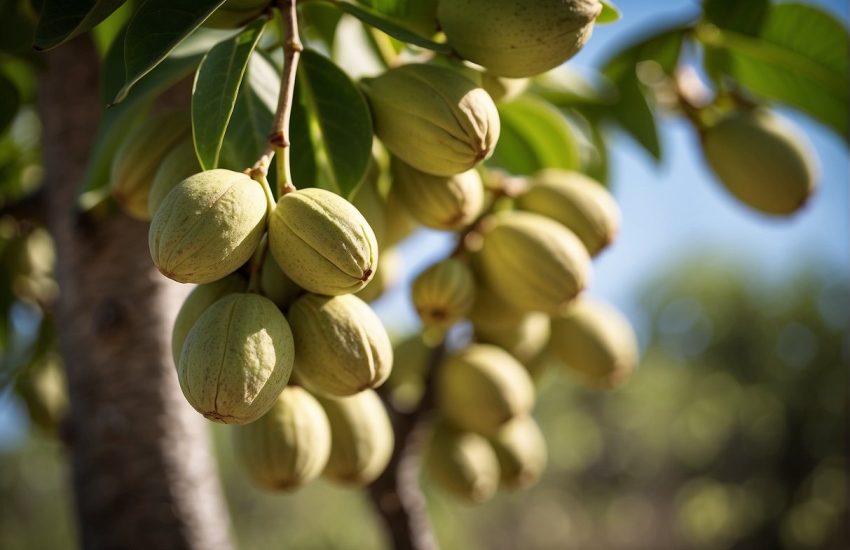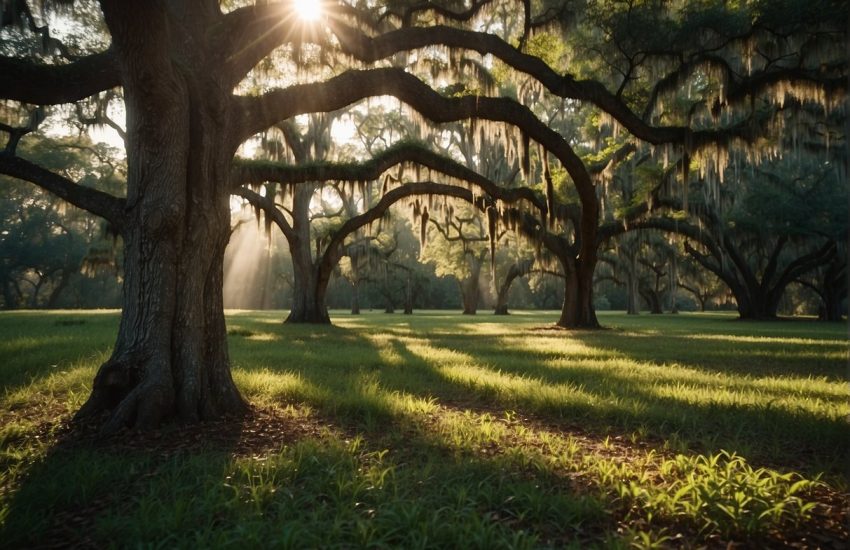7 Best Palm Trees To Grow In Tampa Florida
Due to its location on Florida’s west coast, Tampa has easy access to all the best that Florida has to offer. It comes with beautiful beaches, amusement parks, and tropical plants and animals. There is no plant more iconic of the tropics than the palm tree, particularly in Florida.
Palm trees are an integral part of Florida’s natural scenery, but they can also be a valuable addition to your landscape. Since most palm trees require full sunlight and high humidity to thrive, Tampa is an ideal place to grow them in your yard.
As an iconic part of Tampa, Tampa Palms is the name of a neighborhood in New Tampa. You’d be correct if you assumed that palm trees were a hallmark feature of the neighborhood.
There are over 2,500 types of palms available for you to choose from, and nearly all of them are suitable for growing in your Tampa garden. Once you have selected the right palm trees for your lawn, we will show you how to landscape with palm trees in Tampa.
Tampa lies within USDA Hardiness Zone 9b, which means its minimum temperature in winter ranges from 25-30 degrees. Florida is hot and humid in summer (after all, it is Florida) but not quite warm enough for all kinds of palm trees to thrive year-round.
Even though it may seem silly to someone who has endured Tampa’s hot summers, you should look for palm tree varieties that are cold-tolerant.
In terms of cold-hardy plants, the pindo palm, the saw palmetto, and the sago palm (which is not technically a palm, but a cycad) are a few of the most popular varieties.
Even some of the less hardy varieties of palm trees, such as those that thrive in zones 10-11, can survive the winter in Tampa if they are given some help. Nevertheless, these species will probably never grow to be as large or as vibrant as they would if they lived farther south.
Ponytail Palm

As a must-have indoor plant, ponytail palms have been becoming increasingly popular.
What’s behind it? Let’s start with their unique tropical look, which sets them apart from others.
It is also referred to as the Elephant Foot Palm. This is due to the fact that it has an elephant-like shape and texture, as well as an attractive gray bark that complements the lush green leaves of the plant.
In summer, hundreds of tiny white blooms adorn the stalks above the crown of this magnificent tree, creating a beautiful display.
Ponytail Palm is a container palm that can be placed wherever you need to. With a height of only 3 feet upwards, it is ideally suited for placing on tables, countertops and in corners for, among other things, lending an exotic feel to a variety of settings.
It is possible to place Ponytail Palms outdoors, where they can greet your guests with unique beauty during the warmer months of the year.
Parlor Palm
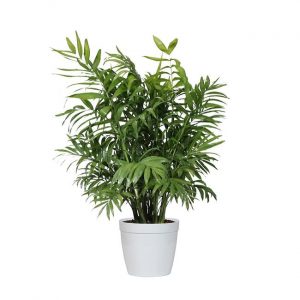
Among the most popular palms available today, the Parlor Palm has it all: Easy care, lush and green foliage, and easy adaptability.
From the comfort of your own home to the waiting room of your office, the Parlor Palm thrives just about anywhere.
In order for the plant to grow well, it requires only low light levels and humidity. As a bonus, the Parlor Palm’s lighter green, delicate fronds clean and purify the air in your home.
Thus, it has the advantage of being both a beautiful houseplant and a useful tool for keeping the indoor climate healthy and fresh at the same time.
Needlepoint Holly
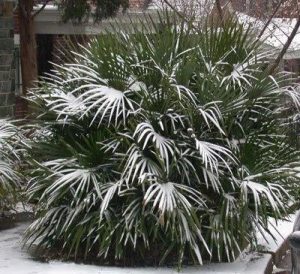
Those palms are extremely rare and very desirable, and full grown, they are very rare.
If they are planted as a centerpiece in your front yard, they are absolutely stunning.
You can watch them grow and perhaps even bring them inside during the wintertime.
A household plant, this palm acts as a natural humidifier and also de-toxifies the air as an added benefit.
I would recommend this species to anyone who is looking for a way to eliminate carbon monoxide and restore freshness to the indoor air.
Needle palms are content either in the sun or in the shade. Plants of this species do best in moist, well-draining soils and require little fertilizer in order to grow.
In addition to this, it is naturally resistant to pests and diseases, so it does not require harmful chemical sprays to function.
Needle Palms can be hard to locate at your local garden center, but we have a number of first-quality specimens available for sale that we have reserved from our grower. Don’t hesitate and place an order now before they are all gone for the season.
Queen of the Seas Hosta

The Queen Palm’s arching crown is exactly what you would expect: its stature and regal silhouette are unrivaled in this category.
It takes off when you plant it, and again, it takes off as soon as you water it. The Queen will reach heights of around fifty feet before you know it.
A tree can grow so tall that it can be seen from across the neighborhood if it grows tall enough.
A tree can grow so tall that it can be seen from across the neighborhood if it grows tall enough.
If a tree reaches a sufficiently high height, it may be seen across the whole neighborhood. Does that sound like island-inspired luxe to you? Definitely a yes.
The best part about this tree is that it’s very low maintenance, pest-resistant and minimally hassle-free. You can enjoy its unique look for generations to come.
Queen Palms are undoubtedly unique and stunning, the Queen Palm standing out amongst the rest. So hurry and make sure to order your Queen Palms (or two) as soon as possible!
Lady Baltimore Hibiscus
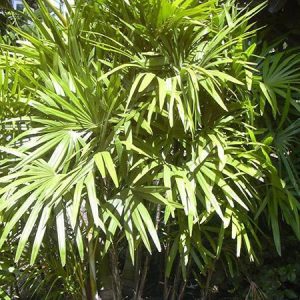
The Lady Palm has multiple trunks which lead to fronds with long, slender leaflets and lush, green foliage that has an elegant fan shape.
A foliage plant’s vibrant green hue transforms dull areas within your home or office into vibrant exotic areas.
There is no surprise that Lady Palms are frequently seen decorating lobbies and elevating bare corners, as well as framing entryways because they are an excellent accent piece that greets visitors with warmth.
How about making it even better? The fact that they are so easy to keep couldn’t be easier.
Despite being drought tolerant and heat resistant, Lady Palms are able to grow just fine on their own without constant care. They actually work for you, removing pollutants from the air and cleaning it at the same time.
Canary Island Date Palm
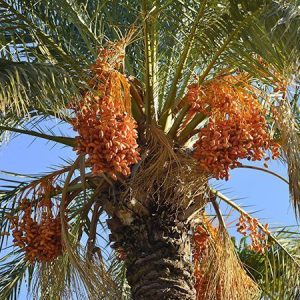
Canary palms have a singular trunk that grows straight upwards and exhibits an attractive grey bark.
There is a textured pattern on the bark characterized by horizontal diamonds.
As a result of the pattern resembling the skin of a pineapple, the tree is known as the “Pineapple Palm”.
On top of each Canary Palm is a large crown of long, arching fronds covered with long, hyperbolic leaf blades that fill the landscape with lush colors.
This color is only enhanced when the plant produces large clusters of orange flowers in the spring, which turn into orange showy fruits in the fall.
In your landscape, this tall growing palm will make a dramatic statement. The vibrant colors will draw the attention of your neighbors, and you will be able to see its strong colors from miles away, inviting you to relax in the tropical paradise it creates. Place your Canary Island Date Palm in a container if you wish to maintain a smaller specimen.
It would be best if you place your Canary Island Date Palm in a container if you’d like to keep a smaller specimen of the palm.
Despite being a tropical plant, these palms love growing in pots and are even capable of living indoors. If you live in a region above growing zone 8 of the growing zone scale, then you should place your palm tree in a pot and bring it indoors once the weather turns cold.
Often, the Canary Island Date Palm is considered to be one of the most low maintenance palm varieties available. As they are heat resistant and drought tolerant, they do not need much attention during the hot summer months.

